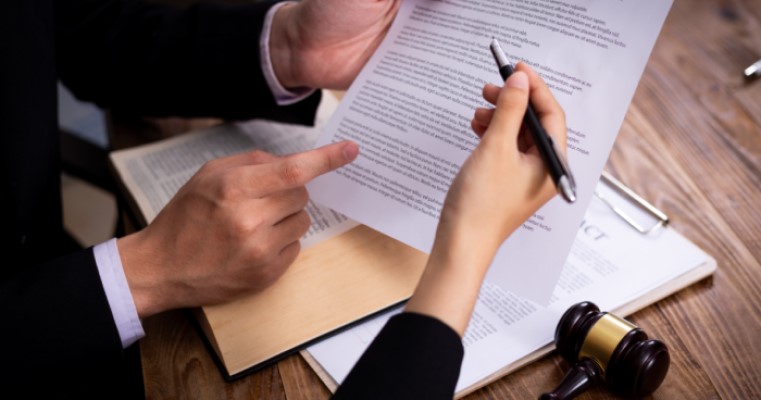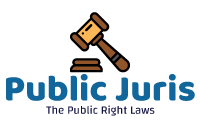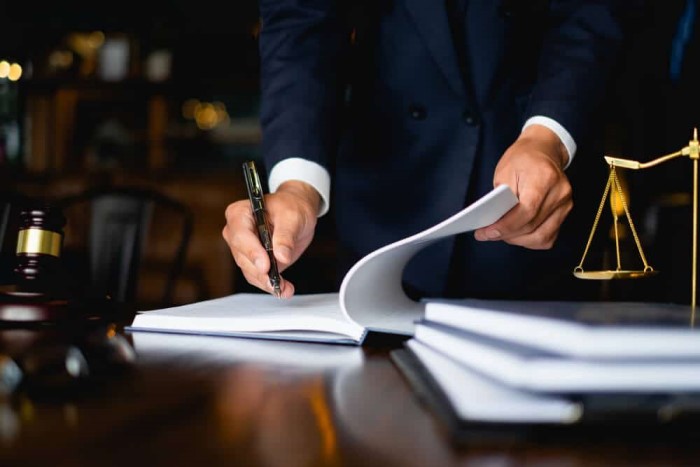
Government Property and Slip and Fall Hazards: Can You Sue
Looking to understand your rights regarding slip and fall accidents on government property? This comprehensive guide explores the legalities and procedures involved in suing for slip and fall hazards on government premises.
Introduction:
Accidents happen, but when they occur on government property due to negligence in maintaining safety, questions arise regarding legal recourse. In this guide, we delve into the complexities surrounding slip and fall hazards on government premises, addressing the potential for lawsuits, responsibilities of the government, and steps individuals can take to seek compensation.
Government Property and Slip and Fall Hazards
Slip and fall accidents can happen anywhere, including government-owned buildings, parks, sidewalks, and other public areas. Let’s explore the nuances of navigating such incidents and the possibility of legal action.
Understanding Slip and Fall Hazards
Slip and fall hazards encompass various factors, including uneven surfaces, wet floors, inadequate lighting, and lack of warning signs. These hazards pose risks to visitors, making it crucial for property owners, including government entities, to maintain safe environments.
Identifying Common Slip and Fall Hazards
- Uneven Pavements: Cracks and potholes in sidewalks or parking lots.
- Wet Surfaces: Spills or leaks in government buildings or public areas.
- Poor Lighting: Dimly lit areas increasing the risk of tripping or falling.
- Lack of Handrails: Absence of support in staircases or ramps.
Legal Considerations for Slip and Fall Accidents on Government Property
Navigating legal matters concerning slip and fall accidents on government property involves understanding sovereign immunity, negligence, and the process of filing a lawsuit.
Sovereign Immunity
Sovereign immunity protects government entities from certain lawsuits, limiting liability unless specific conditions are met. However, exceptions exist, allowing individuals to pursue legal action in certain circumstances.
Proving Negligence
To succeed in a slip and fall lawsuit against a government entity, one must demonstrate negligence. This involves proving that the government knew or should have known about the hazardous condition and failed to address it within a reasonable timeframe.
Filing a Lawsuit
Initiating legal proceedings against a government entity requires adherence to strict protocols, including notifying the appropriate authorities within a specified timeframe and following procedural requirements outlined by state laws.
Steps to Take After a Slip and Fall Accident
In the aftermath of a slip and fall incident on government property, taking prompt action is crucial to protect one’s rights and gather evidence to support a potential lawsuit.
Seek Medical Attention
Prioritize your health by seeking medical treatment for any injuries sustained during the accident. Documenting your injuries is essential for building a strong case.
Report the Incident
Inform the relevant authorities about the accident, ensuring that it is properly documented. Obtain copies of incident reports and gather contact information from witnesses.
Preserve Evidence
Preserve any evidence related to the accident, such as photographs of the hazardous condition, medical records, and correspondence with the government agency.
Frequently Asked Questions (FAQs)
1. Can I sue the government for a slip and fall accident? Yes, under certain conditions. While sovereign immunity protects government entities from lawsuits in many cases, exceptions exist for instances of negligence.
2. What is sovereign immunity? Sovereign immunity is a legal doctrine that protects governments from being sued without their consent. However, exceptions may apply, allowing lawsuits in specific situations.
3. How do I prove negligence in a slip and fall case? To prove negligence, you must demonstrate that the government entity knew or should have known about the hazardous condition and failed to take appropriate action to address it.
4. What evidence is essential for a slip and fall lawsuit? Key evidence includes documentation of the hazardous condition, medical records detailing injuries, witness statements, and any correspondence with the government agency.
5. What steps should I take after a slip and fall accident on government property? Seek medical attention, report the incident to the authorities, preserve evidence, and consider consulting with a personal injury attorney to explore your legal options.
6. Is there a time limit for filing a lawsuit against the government for a slip and fall accident? Yes, there are strict deadlines for filing claims against government entities, varying by jurisdiction. It’s essential to act promptly to ensure compliance with statutory limitations.
Conclusion:
Navigating slip and fall hazards on government property requires an understanding of legal principles, responsibilities, and procedural requirements. By knowing your rights, documenting incidents, and seeking legal guidance when needed, you can pursue compensation for injuries sustained due to negligence. Remember, timely action is key to protecting your interests and seeking justice.


